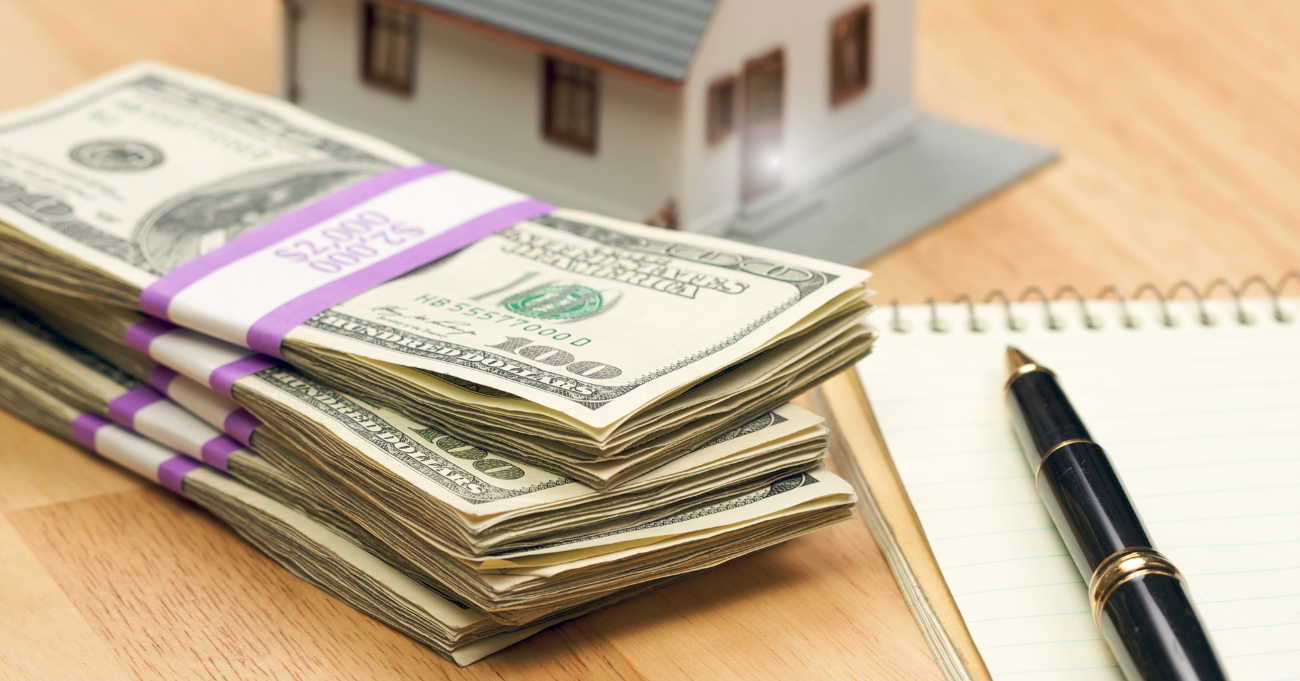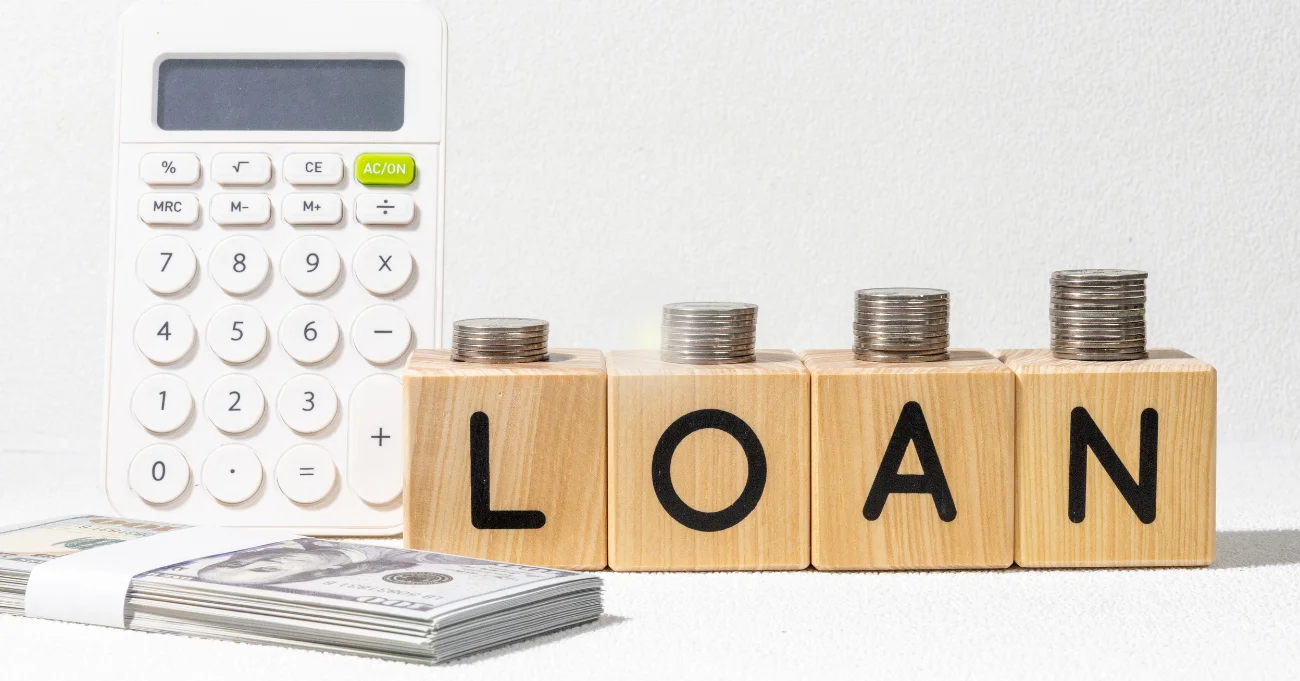Interest rates have been on a roller coaster since hitting all-time lows during the COVID-19 pandemic.
During the pandemic, mortgage rates hit record lows after sinking below the 3% mark to a record low of 2.65% in January 2021, according to data from Freddie Mac. Since then, interest rates have been steadily rising, surpassing the 7% mark in October this year.
With all the movement in interest rates, many current homeowners and potential homebuyers are left wondering what it means, when the best time to buy is, and when and if interest rates will come back down.
What do fluctuating interest rates mean for current homeowners?
Homeowners who are locked in a fixed-rate mortgage will not be affected by fluctuating interest rates unless they intend to move or refinance their loan. That’s because all new mortgage loans will have interest rates that are more than double those of mortgage loans taken out last year.
But even today’s mortgage rates are low by historical standards. In 1981, mortgage rates surpassed 18%.
When mortgage rates are higher, borrowers’ monthly payments increase. For every two percentage point increase in interest rates, a borrower’s monthly payment will increase $115 for every $100,000 they borrow for a 30-year fixed-rate mortgage loan, according to Experian.
Is now a good time to buy a home?
WIth interest rates up more than 200% from last year, it brings to light the question: Is now a good time to buy a home? While every borrower’s circumstances are unique, there are some common factors that can be weighed to determine the best time to buy a home.
For example, although interest rates are up considerably from last year, they remain low by historical standards. And homeowners who can manage a higher monthly payment also have the option of buying a home at today’s interest rates and refinancing once rates slip lower.
Compared to last year, interest rates are higher but the housing market is much less competitive, making it possible for many borrowers to negotiate on the home price and purchase a home without entering into a bidding war.
In fact, nearly 6,000 homes sold for at least $100,000 over the asking price at the beginning of 2022, according to a market report from real estate brokerage Redfin. However, heading into 2023, housing is shifting to a buyer’s market; gone are the bidding wars and paying over asking price. Homebuyers in the market today could still get a great deal for their home by negotiating on the price and asking for additional seller concessions, which can help offset paying a higher interest rate.
When will interest rates come back down?
Interest rates recently took a break from their upward trend and began slowing once again, falling closer to the 6% mark at the beginning of December, Freddie Mac’s data shows.
The Federal Reserve has raised the federal funds rate six times so far in 2022, and anticipates it could continue to raise rates in the months ahead. These increases cause rates to rise across credit products such as credit cards, personal loans and mortgages.
However, some economists estimate that the markets could already have future rate hikes accounted for in today’s interest rates, and predict that mortgage rates will likely continue to fall in the months ahead.
In its latest forecast, Fannie Mae predicted mortgage rates will trend steadily down, dipping back below 6% by the end of 2024.
Interested in hearing about how Defy Mortgage redefines a more secure and efficient loan process and what that means for you? Send us a message here.




